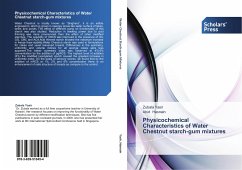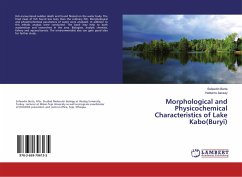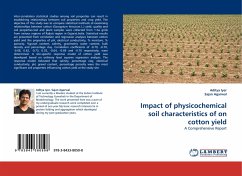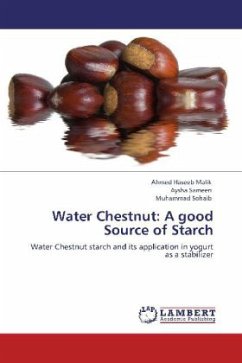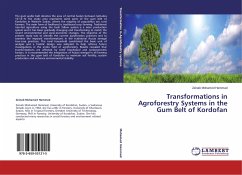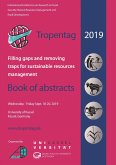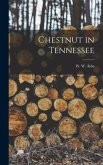Water Chestnut is locally known as ¿Singharä, it is an edible angiosperm, which is grown in swampy areas like water surface of lakes, tanks and ponds. The effect of different gums on functionality of this starch was also studied. Reduction in swelling power due to acid thinning was more pronounced than the effect of other modified starches. The solubility of nWCS was improved in the presence of XG, GG, CMC and ACA.Acid thinned starch showed the maximum increase in freeze thaw stability.Water Chestnut starch was used in formulations for cakes and yeast leavened breads. Differences in the symmetry, uniformity and volume indices for all sponge cakes were less apparent.The better symmetry index was observed at 4%-5% concentration by the addition of pgWCS. The highest level of addition (6%) the modified (acetylated) starch caused the greatest increase in uniformity index. On the basis of sensory scores, we found that by the addition of nWCS at 1%, 2% and 6% concentration there is an enhancement of cells structure of breads as compare to the control.
Hinweis: Dieser Artikel kann nur an eine deutsche Lieferadresse ausgeliefert werden.
Hinweis: Dieser Artikel kann nur an eine deutsche Lieferadresse ausgeliefert werden.

